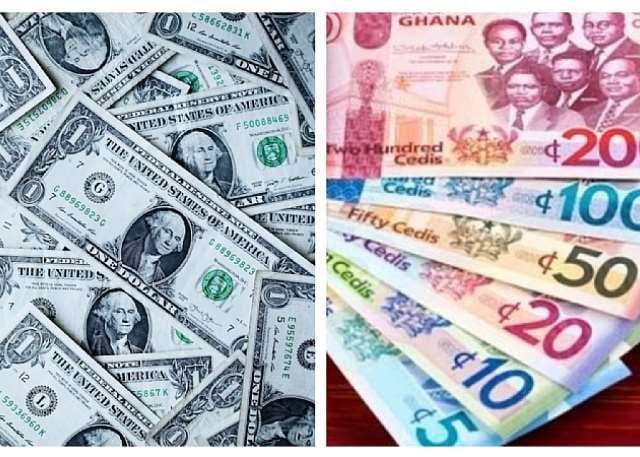The Ghanaian cedi’s performance against major international currencies on September 15, 2025, presented a mixed picture, characterized by fluctuations and variations across different exchange platforms. Cedirates.com, a recognized source for currency data in Ghana, reported an average buying rate of GHS12.09 and a selling rate of GHS12.67 against the US dollar. This indicates a slight depreciation of the cedi compared to the dollar, with individuals requiring more cedis to acquire a single dollar. The spread between buying and selling rates reflects the profit margin for currency traders.
Forex bureaus, which cater to individual foreign exchange transactions, presented slightly less favorable rates for the cedi. Individuals looking to purchase dollars at forex bureaus had to pay GHS13.10 for each dollar, while those selling dollars received GHS13.50. This difference between the Cedirates average and forex bureau rates highlights the varying dynamics of the currency exchange market, with forex bureaus often incorporating additional charges and operating within their own micro-markets. Comparing these rates with the interbank market, regulated by the Bank of Ghana, reveals a further disparity. The Bank of Ghana interbank market offered more competitive rates, with a buying rate of GHS12.14 and a selling rate of GHS12.16 for the US dollar. This tighter spread and generally more favorable rates underscore the role of the central bank in influencing currency stability and providing a benchmark for the broader market.
The cedi’s performance against other major currencies followed a similar trend. Against the British pound, forex bureaus quoted average buying and selling rates of GHS16.27 and GHS17.10, respectively. The Bank of Ghana’s interbank rate for the pound stood at GHS16.46, again offering a narrower spread and a more competitive rate compared to forex bureaus. For the euro, forex bureaus offered buying and selling rates of GHS14.09 and GHS14.80, respectively, while the interbank rate was GHS14.24. This consistent pattern across multiple currencies suggests a general trend of forex bureaus charging higher rates compared to the interbank market, reflecting their operational costs and profit margins.
The introduction of money transfer services like LemFi and Afriex adds another layer of complexity to the currency exchange landscape. These platforms, often catering to remittances from abroad, offered varying rates for the cedi against the dollar, pound, and euro. For US dollar to cedi remittances, LemFi offered GHS12.20 per dollar while Afriex provided a more competitive rate of GHS11.85. For pound to cedi remittances, LemFi quoted GHS16.61 per pound, while Afriex offered a slightly lower rate of GHS15.96. For euro to cedi remittances, Afriex offered GHS13.82 per euro, while LemFi quoted a slightly higher rate of GHS14.29. These variations highlight the competitive nature of the remittance market and the potential for consumers to find more favorable rates through comparison shopping.
The rates offered by money transfer operators reflect the specific dynamics of the remittance market, which often involves lower transaction fees and different exchange rate calculations compared to traditional banking channels. The competitive landscape also plays a role, with these platforms vying for customers by offering attractive exchange rates and convenient transfer processes. For individuals receiving remittances from abroad, understanding these variations can significantly impact the final amount received in cedis.
Finally, for digital subscriptions paid via international credit cards, a separate exchange rate applies. Both Visa and Mastercard transactions for services like Netflix, Spotify, and Apple Music used a rate of GHS13.11 per dollar. This rate, positioned between the Cedirates average and the forex bureau rates, likely reflects the agreements between payment processors and financial institutions. This specific rate for digital subscriptions illustrates the complex interplay of different factors influencing currency exchange, including transaction fees, international payment processing costs, and agreements between financial institutions. Consumers utilizing international credit cards for digital subscriptions should be aware of this specific rate and factor it into their budgeting.














